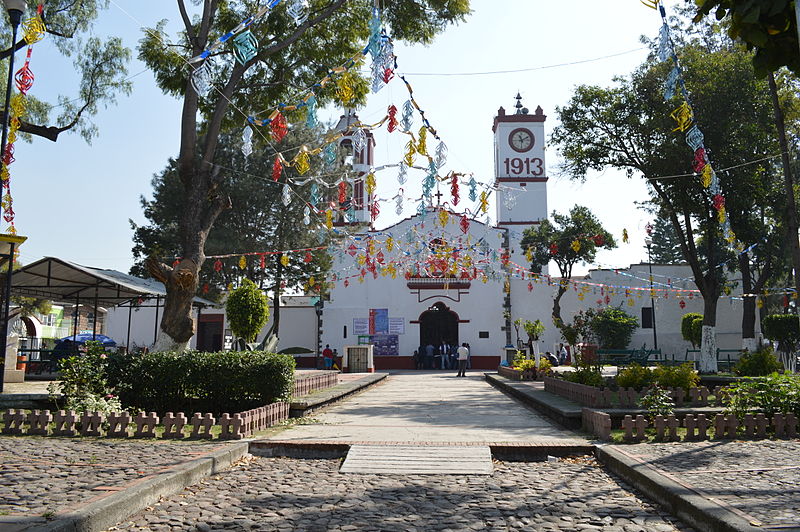
San Francisco Tlaltenco es uno de los siete pueblos originarios de Tláhuac. Técnicamente, es mucho más antiguo que Tenochtitlán, ya que probablemente se asentó en el año 100 de la era cristiana. En la actualidad, es uno de los pocos pueblos originarios que cuenta con su propia estación de metro. Su posición justo debajo del Tetlalmanche, el Volcán de Guadalupe que forma parte de la Sierra de Santa Catarina, hace que también sea un lugar pintoresco e incluso dramático para visitar.
El nombre proviene de las palabras náhuatl tlalli (tierra) y tentli (orilla). Así, suele traducirse como “en la orilla de la tierra” o “en la orilla de los cerros”.
Grupos agrícolas se asentaron en la región de Tlaltenco entre los años 1200 y 400 antes de la era común. El sitio Terremote Tlaltenco es una excavación arqueológica de una aldea de pescadores ocupada durante unos 500 años. Contemporáneos de la civilización de Cuicuilco, estos pueblos probablemente tuvieron algunas relaciones comerciales, junto con otros poblados en el valle. En la zona de Terromotitla, donde se encuentra la estación del Metro Tlaltenco, se descubrieron otros edificios antiguos que aún no han sido excavados.
La ciudad actual se estableció en 1435. Se dice que Cortés pasó por allí el 7 de noviembre de 1519. Para 1525, el pueblo fue refundado por un grupo de franciscanos. Según la tradición, el nombre de la iglesia honra a los primeros evangelizadores, Francisco Jiménez y Francisco Soto. Las obras de la iglesia se iniciaron en 1547 y el pueblo y la iglesia fueron dedicados a San Francisco de Asís.
La famosa Puerta de Tlaltenco data del periodo colonial tardío. Se utilizaba como puesto de impuestos y aduanas. La mayor parte de los productos de Tlaltenco salían de la ciudad en canoa, pero como el ganado cobraba especial importancia, se le cobraban impuestos durante el transporte.
En 1899, la ciudad se convirtió en la sede municipal, supervisando los asuntos de Tezonco, San Nicolás Tolentino, Zapotitlán y Yecahuizotl. Todos ellos fueron parte de Xochimilco, hasta que en 1903 se anexó a Iztapalapa.
El pueblo participó en el conflicto armado de la Revolución entre 1913 y 1916. Un destacamento zapatista estuvo acantonado aquí durante la mayor parte de ese tiempo.
En la década de 1920 los residentes solicitaron, y finalmente obtuvieron, el estatus para formar parte de la Alcaldía de Tláhuac. La comunidad local celebra intensamente un carnaval y otras fiestas de carácter religioso. La “Tlaltenconada“, no tan famosa como debería, es un encierro; tiene lugar a principios de agosto de cada año para animar las principales calles del barrio. En 2018, un novillo se escapó del recorrido establecido e hizo daños menores en el mercado público.
La Iglesia de San Francisco de Asís es la más antigua e importante de la ciudad. Las obras se iniciaron bajo la dirección de los franciscanos en 1547. Se terminaron en 1549. También es la iglesia más antigua de Tláhuac. El año 1549 está registrado en una cruz tallada en tezontle, ubicada en la parte trasera de la iglesia.
Con las leyes de reforma del siglo XIX, la iglesia tuvo múltiples usos. Durante la Revolución albergó a zapatistas y carrancistas en diferentes momentos. Sirvió brevemente como escuela de formación de monjas. En 1933, el gobierno reconoció el edificio como Monumento Histórico y volvió a ser una iglesia católica.
La fachada principal está revestida de tezontle y piedra negra, aunque ambas están pintadas. El campanario fue añadido en el siglo XVI. Y el reloj fue añadido junto con su torre en 1913.
El interior está lleno de maravillas y detalles. Con una sola nave y dos filas de bancos de madera tallada, los nichos de las paredes laterales contienen multitud de imágenes religiosas. El retablo mayor está considerado como el más valioso y ornamentado de Tláhuac.
 sanfranciscotlaltenco@gmail.com
sanfranciscotlaltenco@gmail.com
 +52 (55) 5841 2227
+52 (55) 5841 2227
 https://www.facebook.com/sanfranciscotlaltenco/?ref=page_internal
https://www.facebook.com/sanfranciscotlaltenco/?ref=page_internal

Cercano a 0.25 kms.
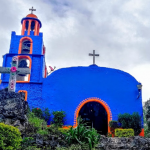
Cercano a 0.29 kms.
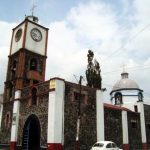
Cercano a 0.60 kms.

Un importante desarrollo recreativo en el DU Quetzalcóatl.
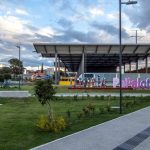
Uno de los parques urbanos más bellos de Iztapalapa . . .

Iztapalapa's most sustainable and eco-conscious Utopia . . .
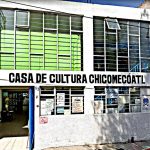
Chicomecóatl is a neighborhood center and cultural hub for communities in the shadow of the volcano.
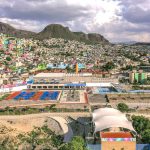
Un centro deportivo y cultural de temática acuática en la vertiente norte de la Sierra de Catarina.